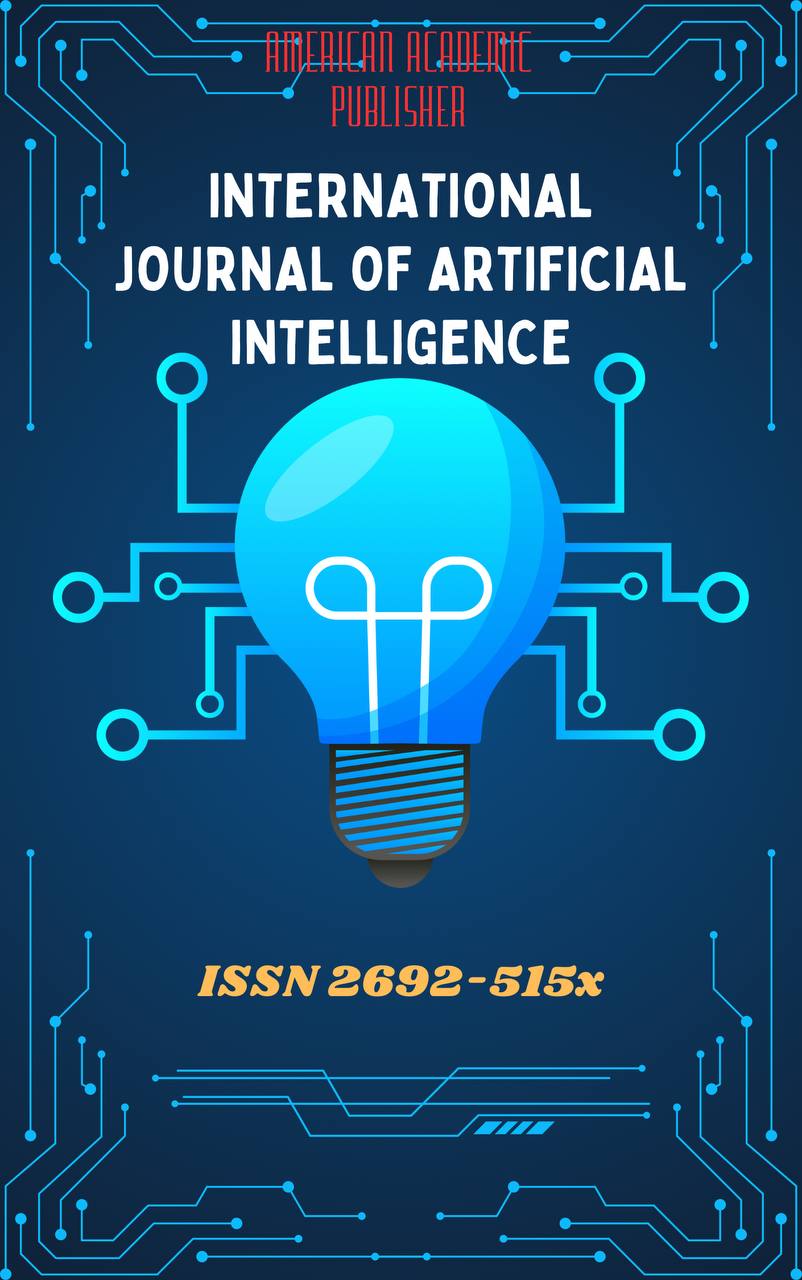 Articles
| Open Access |
Articles
| Open Access | SHAPING AUTONOMOUS LEARNERS: STRATEGIES FOR LONG-TERM GRAMMAR RETENTION
Zakirova Zulkhumor Zoirjonovna , UzJMCU, Senior teacherAbstract
Learner autonomy plays a crucial role in language acquisition, particularly in mastering grammar, as it enables students to take responsibility for their learning. This article explores the significance of learner independence in language learning, highlighting its benefits such as increased motivation, critical thinking skills, and long-term retention of grammar rules. The discussion emphasizes the role of grammar in communicative competence and presents effective strategies to promote autonomous grammar learning. Discovery-Based Learning, Socratic Questioning, Task-Based Grammar Learning, and Corpus-based Exploration are examined as strategies that encourage learners to actively engage with grammatical structures rather than passively memorize rules. By fostering critical thinking, self-reflection, and problem-solving, these approaches help students internalize grammar more effectively and develop long-lasting learning habits.
Keywords
References
Al-Subaiei, M. (2017). "Challenges in mixed-ability classes and strategies utilized by EFL teachers." English Language Teaching, 10(6), 182–189.
Benson, P. (2011). Teaching and Researching Autonomy (2nd ed.). London: Routledge.
Boulton, A., & Cobb, T. (2017). "Corpus use in language learning: A meta-analysis." Language Learning, 67(2), 348–393.
Bruner, J. (1961). The Process of Education. Cambridge, MA: Harvard University Press.
Canale, M., & Swain, M. (1980). "Theoretical bases of communicative approaches to second language teaching and testing." Applied Linguistics, 1(1), 1–47.
Celce-Murcia, M. (2007). "Rethinking the role of communicative competence in language teaching." Intercultural Language Use and Language Learning, 41–57.
Ellis, R. (2002). "Does form-focused instruction affect the acquisition of implicit knowledge?" Studies in Second Language Acquisition, 24(2), 223–236.
Ellis, R. (2003). Task-Based Language Learning and Teaching. Oxford: Oxford University Press.
Ellis, R. (2006). Current Issues in the Teaching of Grammar: An SLA Perspective. TESOL Quarterly, 40(1), 83-107.
Harmer, J. (2007). The Practice of English Language Teaching (4th ed.). Harlow: Pearson Longman.
Holec, H. (1981). Autonomy and Foreign Language Learning. Oxford: Pergamon.
Larsen-Freeman, D. (2015). Teaching and Learning Grammar: The Complexity Perspective. Routledge.
Little, D. (1991). Learner Autonomy 1: Definitions, Issues and Problems. Dublin: Authentik.
Najeeb, S. S. (2013). "Learner Autonomy in Language Learning." Procedia - Social and Behavioral Sciences, 70, 1238–1242.
Paul, R., & Elder, L. (2013). The Thinker’s Guide to Socratic Questioning. Foundation for Critical Thinking.
Richards, J. C., & Schmidt, R. (2010). Longman Dictionary of Language Teaching and Applied Linguistics (4th ed.). London: Longman.
Scrivener, J. (2011). Learning Teaching: The Essential Guide to English Language Teaching (3rd ed.). Oxford: Macmillan.
Thornbury, S. (1999). How to Teach Grammar. Harlow: Pearson Longman.
Ur, P. (2012). A Course in English Language Teaching (2nd ed.). Cambridge: Cambridge University Press.
Ushioda, E. (2008). "Motivation and good language learners." In Griffiths, C. (Ed.), Lessons from Good Language Learners (pp. 19–34). Cambridge: Cambridge University Press.
Vygotsky, L. (1978). Mind in Society: The Development of Higher Psychological Processes. Cambridge, MA: Harvard University Press.
Willis, D., & Willis, J. (2007). Doing Task-Based Teaching. Oxford: Oxford University Press.
Article Statistics
Downloads
Copyright License

This work is licensed under a Creative Commons Attribution 4.0 International License.

